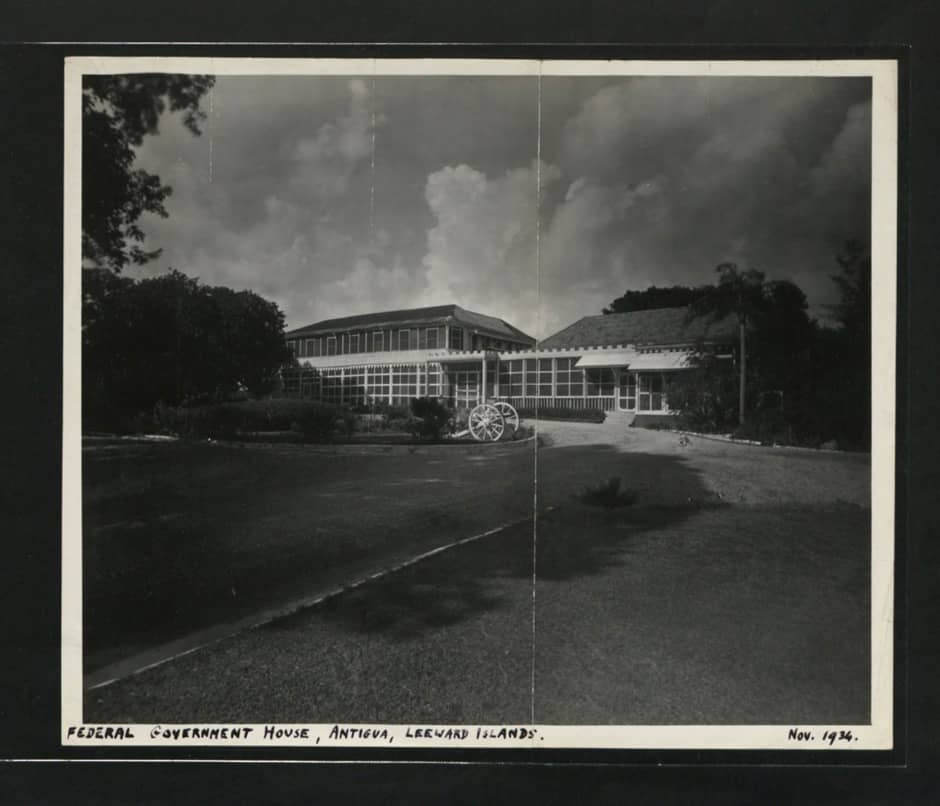
CLICK HERE TO JOIN OUR WHAT’S APP GROUP
Dr. Gabriella Howell l ICOM international council of museums
Director of Historic Preservation with the Heritage Trust (Antigua & Barbuda) Inc.
The archipelago of Antigua and Barbuda, located in the Caribbean Sea, rises to 1,545 meters above sea level and is renowned for its 365 beaches. Being an ideal tourist destination, the island attracts hundreds of thousands of visitors each year from around the world.
However, the archipelago does not currently fully showcase its rich history; its museums only present the tales of Captain Horatio Nelson and his Caribbean escapades, with the exception of a small museum which focuses on the Siboney people, who are thought to have settled on the archipelago as early as 2,400 BC.
In 2023, the Heritage Trust of Antigua & Barbuda (HTAB) was established to restore historic spaces, reveal more of the archipelago’s untold history and provide training and employment opportunities within the archipelago’s heritage sector.
Government House of Antigua & Barbuda
The restoration of the Government House, the governor’s residence and office, is the first project developed by the HTAB.
Located on the island of Antigua and in the capital city, St. John’s, Government House is a symbol of the archipelago’s democratic governance.
The site symbolises the nation’s journey from being a centre of colonialisation under European rule, to full emancipation in 1834 and then independence 147 years later, in 1981.
Since the early 1800s, Government House has served as the official residence of the archipelago’s Governors, starting with Governor Hugh Elliot in 1809.
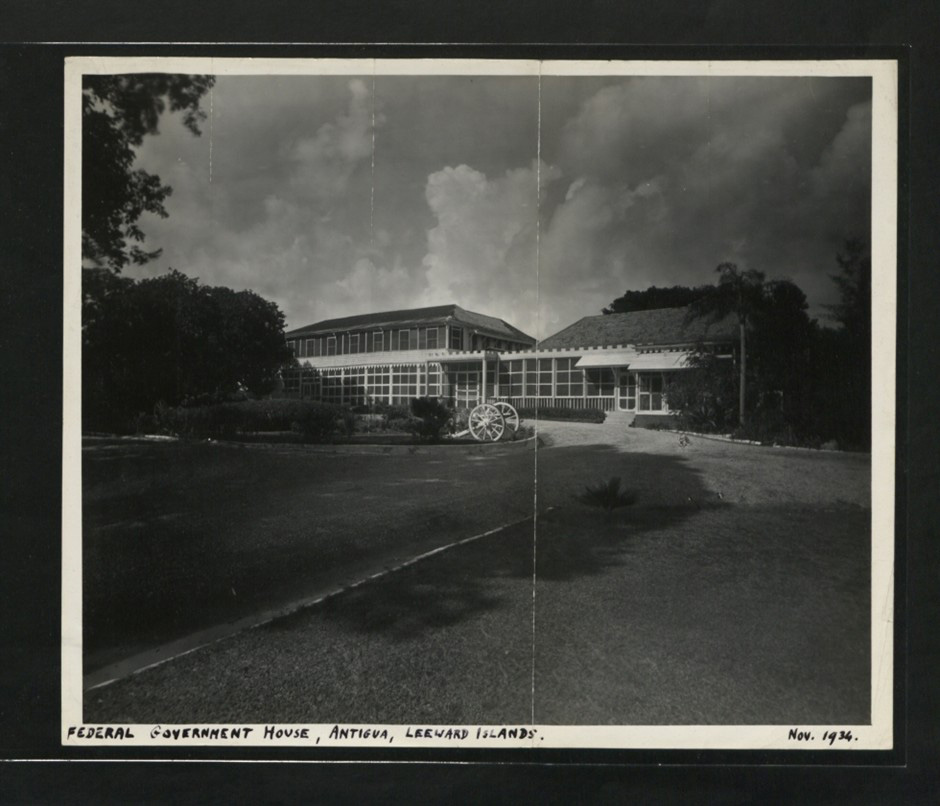
The main building is constructed in the traditional West Indian architectural style, featuring formal, symmetrical designs with pitched roofs, shutters and decorative pilasters.
It is surrounded by historic outbuildings that once served as carriage houses, stables, laundry facilities, kitchens, servants’ quarters, cisterns, limestone filters and gardens, all enclosed within a masonry perimeter wall.
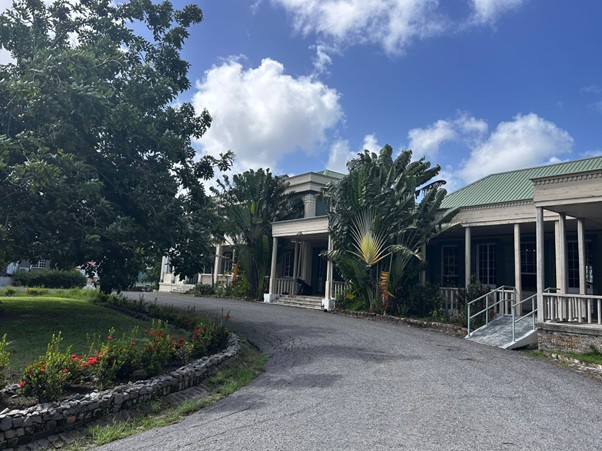
HTAB’s board is working to restore and repair these buildings, with stages one and two of the Master Plan, authored in 2023, now completed.
Stage three involves internal repairs, and stage four will focus on the development of an onsite museum.
Government House will continue to function as the official residence and offices of the archipelago’s Governor Generals while also housing a museum aimed at telling the story of power on the archipelago.
The museum will showcase the history of colonialism, slavery, emancipation and independence of the island, and explore the role of the Governor-General and democratic processes in place today.
Training Future Generations in Heritage Preservation
Creating a museum within a historic building is not a new concept in the international museum community. However, on Antigua, the approach has often been to demolish old structures and replace them with new ones.
HTAB is working to shift this mindset, recognising the importance of preserving historic sites and training locals in restoration skills.
This approach is a central feature of the 2023-2026 Master Plan. During the initial two stages of restoration at Government House, local craftspeople were trained in restoration work, and particularly in masonry techniques.
Teams collaborated with international experts to learn more about the use of lime mortar in historic preservation.
HTAB board member Sir David Harrison facilitated connections between the Harrison Centre Training School, recently established on the island, and the workers of Government House.[1] Continued training programmes specific to the restoration work being undertaken on the site will be organised at the Harrison Centre, particularly in the fields of carpentry and masonry, in order to understand historic lime mortar usages. Trainings for museum workers and for historical tour guides will also be provided.
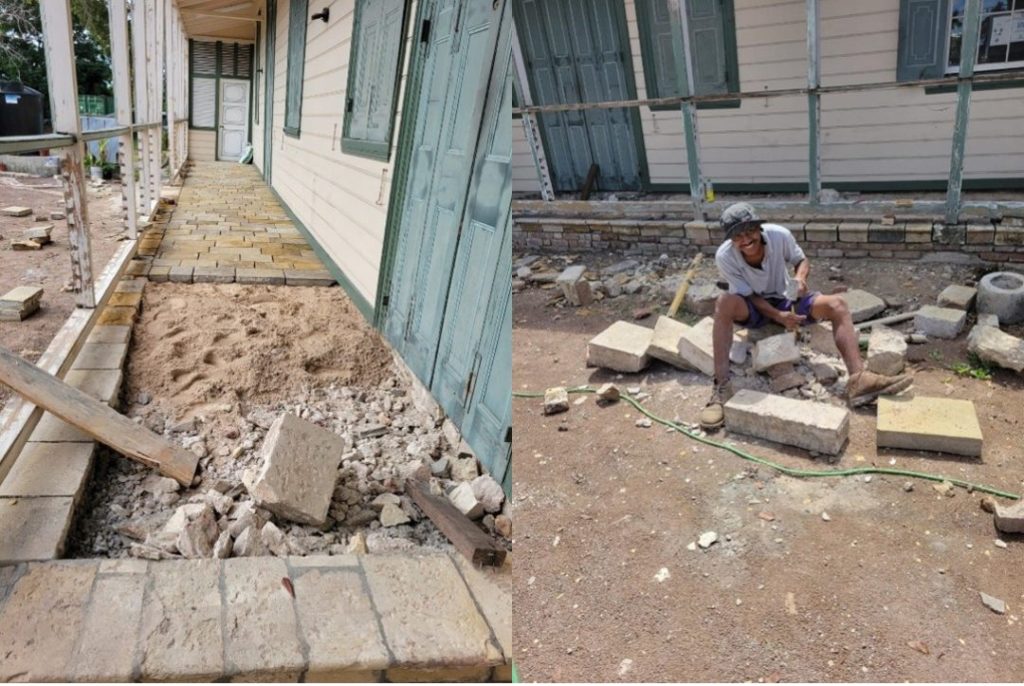
Stage three of the project will further expand training and employment opportunities in heritage-focused restoration work.
This will primarily involve making carpentry repairs (much of the furniture dates from the Georgian era), upholstering furniture and analysing paint.
Local contractors are being awarded bids based on their ability to provide training during the work.
Additionally, the collaboration between HTAB with the Harrison Centre, which teaches locals the skills required for the restoration work of the Government House, continues.

Museum Development from the Ground Up
Stage four of the Master Plan will focus on establishing the museum, as HTAB has signed a Memorandum of Understanding with the Museum of London Docklands for its creation.
The two institutions are closely connected: the West India Docks, opened in 1802, were used to store produce shipped from the West Indies.
The Museum of London Docklands, which opened in 2003, occupies one of the original warehouses on West India Quay.
This partnership aligns with HTAB’s vision of showcasing the history of Antigua and Barbuda through the lens of its people.
HTAB has started collecting oral histories, and is working towards creating a trainee or internship program in partnership with local secondary schools.
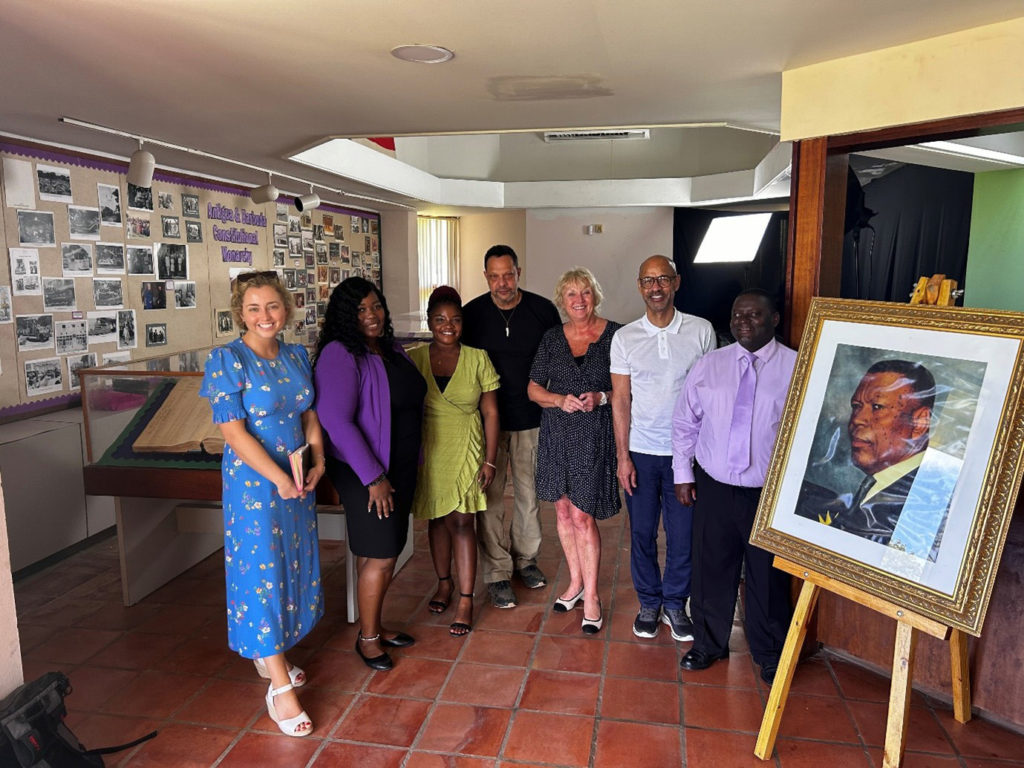
The individuals involved in the restoration and development of the museum have donated numerous objects for the museum.
The project’s stakeholders will be involved in the events planned for 2025, and some of these events will be immersive experiences designed to attract a younger generation of museum-goers.
Owing to a lack of available jobs, the cultural sector in Antigua and Barbuda faces challenges such as brain-drain.
However, by encouraging early interest in the heritage sector, HTAB aims to ensure that those who leave the island for education will return to find employment opportunities in this field.
The HTAB aims to introduce the heritage sector and the future role younger generations can play in the sector, early on.
By making visible the training and restoration work that has been undertaken on the building and in view of the development of the museum, the HTAB wishes to offer an example of what can be achieved and inspire future generations.
Developing a museum space that is deeply rooted in Antigua and Barbuda’s history, while also focusing on heritage restoration and providing training and job opportunities for the next generation, is central to HTAB’s mission.
The Government House, at the heart of this effort, will serve as a powerful symbol of Antigua and Barbuda’s history, and a beacon of cultural pride for the Caribbean.
[1] The Harrison Centre for Social Mobility in Antigua and Barbuda is focused on providing Technical and Vocational Education Programmes that give students a second chance as well as lifelong learning opportunities.
CLICK HERE TO JOIN OUR WHAT’S APP GROUP
CLICK HERE TO JOIN OUR WHAT’S APP GROUP
CLICK HERE TO JOIN OUR WHAT’S APP GROUP
CLICK HERE TO JOIN OUR WHAT’S APP GROUP
CLICK HERE TO JOIN OUR WHAT’S APP GROUP
Advertise with the mоѕt vіѕіtеd nеwѕ ѕіtе іn Antigua!
We offer fully customizable and flexible digital marketing packages.
Contact us at [email protected]


















I just hope they don’t modernize it too much — it should still feel historic.
Make sure the workers get proper safety training and fair pay too.
Will it still be used for official functions after the restoration? Or something new?
So much of our colonial history is overlooked — restoring it doesn’t mean we celebrate it blindly, but we preserve it wisely.
They should turn part of it into a museum or event space for the public too.
Comments are closed.